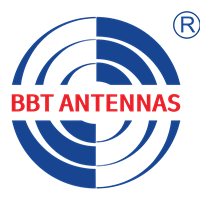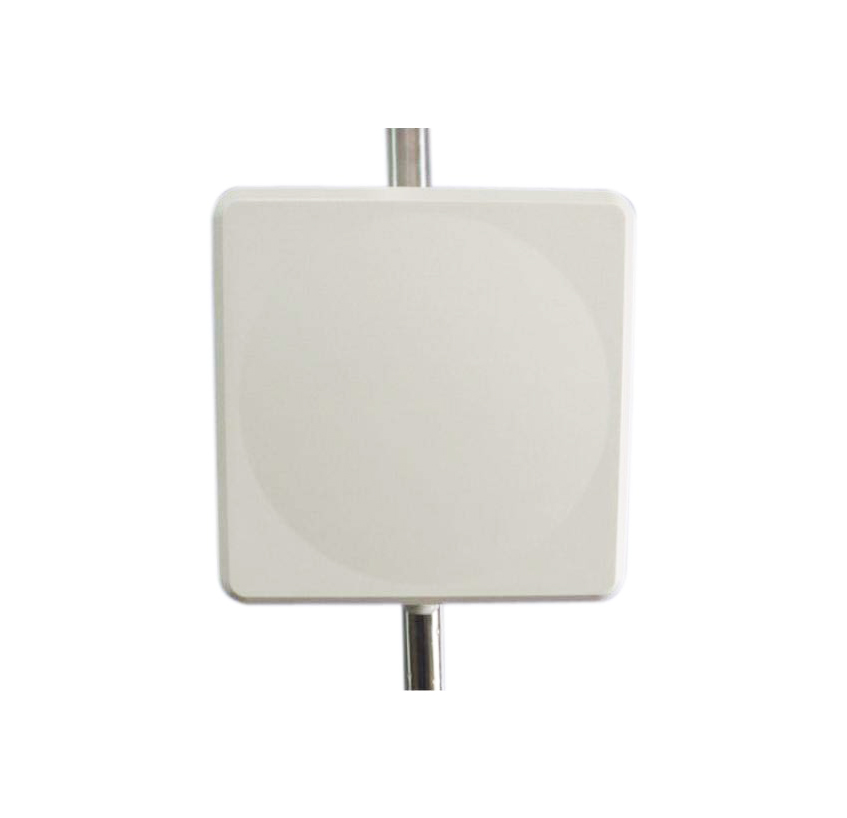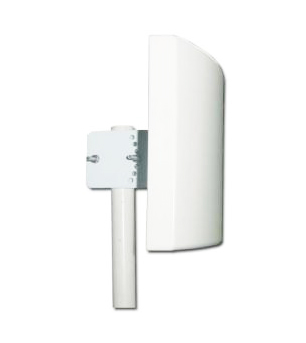Panel antennas are directional antennas that play a crucial role in various wireless communication systems. They are designed to transmit and receive radio frequency signals in a specific direction, making them highly effective for applications requiring focused signal transmission and reception. This article will delve into panel antennas' uses, characteristics, and advantages, providing a comprehensive overview of their role in modern communication systems.
Introduction to Panel Antennas
Panel antennas are flat, rectangular antennas typically enclosed in a plastic or metal casing to protect their internal components. They consist of multiple radiating elements arranged in a grid pattern, each connected to a feed network that provides power to the antenna. This design allows panel antennas to achieve high gain and directivity, which are essential for long-range communication and minimizing interference from other signals.
Key Features of Panel Antennas
Directional Coverage: Panel antennas are highly directional, meaning they radiate and receive signals in a specific direction. This focused beamwidth enhances signal strength and quality in the targeted area, making them ideal for applications where precise signal control is necessary.
High Gain: The ability of panel antennas to focus signals in a particular direction results in high gain, allowing them to transmit and receive signals over long distances with minimal loss of signal strength.
Versatility: Panel antennas can be manufactured to operate across a wide range of frequencies, including 2.4 GHz, 5.8 GHz, and 6 GHz for Wi-Fi applications, and higher frequencies for millimeter-wave 5G applications. They are also available in different polarizations and radiation patterns, making them adaptable to various use cases.
Indoor and Outdoor Use: Panel antennas are suitable for both indoor and outdoor applications. Indoor models are often used in signal boosters within buildings to improve signal quality, while outdoor models are designed to withstand harsh weather conditions and are commonly mounted on rooftops, poles, or walls.
Applications of Panel Antennas
1. Cellular Communication
Panel antennas are widely used in cellular base stations to provide coverage to specific areas. They are mounted on towers or buildings and directed towards areas where coverage is needed. The high gain and directionality of panel antennas ensure strong and consistent signal strength for users within the targeted area.
2. Wi-Fi Networks
In Wi-Fi networks, panel antennas are used to enhance signal strength and coverage. They are particularly effective in point-to-multipoint connections, allowing for efficient and reliable connectivity over long distances. By focusing the signal in specific directions, panel antennas improve bandwidth and reduce interference, making them ideal for large spaces or outdoor environments.
3. Point-to-Point Communication
Panel antennas are extensively used in point-to-point communication systems, such as wireless backhaul links between two network nodes. Their high directionality and gain enable reliable and high-speed data transmission between two fixed locations, minimizing interference and ensuring consistent signal quality.
4. Broadcasting
In broadcasting applications, panel antennas are used to transmit television or radio signals over long distances. Their ability to withstand interference and broadcast signals in a wide frequency band makes them suitable for broadcasting networks.
5. Public Safety Networks
Panel antennas are utilized in public safety systems and emergency response networks to provide coverage over large areas. They facilitate consistent communication even in remote or challenging environments, where reliable and long-distance communication is critical.
6. Internet of Things (IoT) Applications
The compact design and ease of installation of panel antennas make them suitable for IoT applications. They enable fast and reliable communication, which is essential for IoT devices that require stable connectivity.
Types of Panel Antennas
Flat Panel Antennas: Also known as patch panel antennas, these are lightweight and can be easily mounted on various surfaces. They operate at high frequencies and are commonly used in Wi-Fi networks to provide directional coverage.
Sector Panel Antennas: These are designed to cover a specific sector or area, often used in cellular base stations to provide coverage to a particular region.
Advantages of Panel Antennas
Long Range Coverage: The high directionality of panel antennas allows them to transmit and receive signals over long distances, making them ideal for applications requiring extended coverage.
Minimal Interference: By focusing signals in a specific direction, panel antennas minimize interference from other signals, enhancing overall performance and reliability.
Ease of Installation: Their compact and lightweight design makes panel antennas easy to install and mount on most surfaces, including walls, poles, or rooftops.
Low Cost: Panel antennas have a relatively low fabrication cost and are easier to maintain compared to other types of antennas.
Versatility: They can be used in a wide range of frequencies and applications, from indoor Wi-Fi networks to outdoor cellular base stations.
Choosing the Right Panel Antenna Provider
For organizations seeking high-quality panel antennas that meet specific needs, BBT ANTENNAS is a leading antenna provider offering a wide range of panel antennas designed for various applications. With a focus on innovation and customer satisfaction, we ensure that our products are reliable, efficient, and tailored to meet the evolving demands of modern communication systems. Whether you are looking to enhance cellular coverage, improve Wi-Fi connectivity, or support IoT applications, BBT ANTENNAS offers expert solutions that can help optimize your communication infrastructure.
Conclusion
In conclusion, panel antennas are a cornerstone of modern wireless communication, offering unparalleled directionality and versatility. For those looking to leverage the full potential of panel antennas, partnering with a reputable provider with us can ensure that you have access to high-quality products and expert guidance tailored to your specific needs. By choosing the right panel antennas and provider, organizations can ensure reliable, efficient, and future-proof communication systems.



